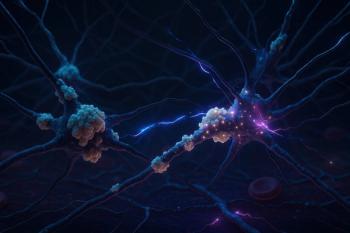
- Vol 38, Issue 1
- Volume 38
- Issue 01
A Quick Primer on the Serendipity of Psychopharmacological Development
When we finally open a trap door to explain or further understand a hypothesis, the answer often includes a house full of hallways.
COMMENTARY
This paper serves as a sidebar to the January 2021 issue of Psychiatric Times, in Dr. Miller's article,
Those prone to skepticism frequently lament there has been no meaningful progress in treating schizophrenia and affective disorders since the 1950s. Nothing could be further from the truth. Instead, the discovery process has often been the result of serendipity. For instance, in France, the development of the novel antihistamine chlorpromazine was observed to treat psychotic disorders. It ultimately led to the first wave of deinstitutionalization in the United States. Iproniazid, originally developed to treat tuberculosis, became our first antidepressant after it was shown to improve the mood, appetite, and sense of well-being in patients with a serious illness at tuberculosis sanitariums.
Good basic science ultimately determined that dopamine
Seventy years later, most medications we prescribe to treat psychosis and depression continue to target these same neurotransmitter systems. However, it would be naive to say that we have made no progress. In fact, we have learned a great deal, so much so that it is not possible to teach it all to psychiatry residents during 4 years of post medical school study. (Take but 1 neurotransmitter system and look at what we have learned to date [
As is the case with good science, when we finally open a trap door to explain or further understand a hypothesis, the answer often includes a house full of hallways, all awaiting further exploration and discovery. Over the decades many pharmacological holy grails have fallen by the wayside: substance P analogues, neuropeptide Y modulators, cannabinoid receptor antagonists, corticotropin-releasing hormone (or factor) receptor antagonists, nicotinic cholinergic α 7 agonists, the NMDA allosteric modulator rapastinel, metabotropic glutamatergic receptor (mGluR) 2,3 agonists, and the
Articles in this issue
almost 5 years ago
The Field as a Master Class in Interviewingalmost 5 years ago
CAHOOTS: A Model for Prehospital Mental Health Crisis Interventionalmost 5 years ago
The Promise and Potential of Emergency Psychiatryalmost 5 years ago
Improving Care in Teens With Opioid Use Disorderalmost 5 years ago
Benzodiazepine Use and the Risk of Dementiaalmost 5 years ago
My Patient Lost Their Job…Now What?almost 5 years ago
Two Hundred ThousandNewsletter
Receive trusted psychiatric news, expert analysis, and clinical insights — subscribe today to support your practice and your patients.













